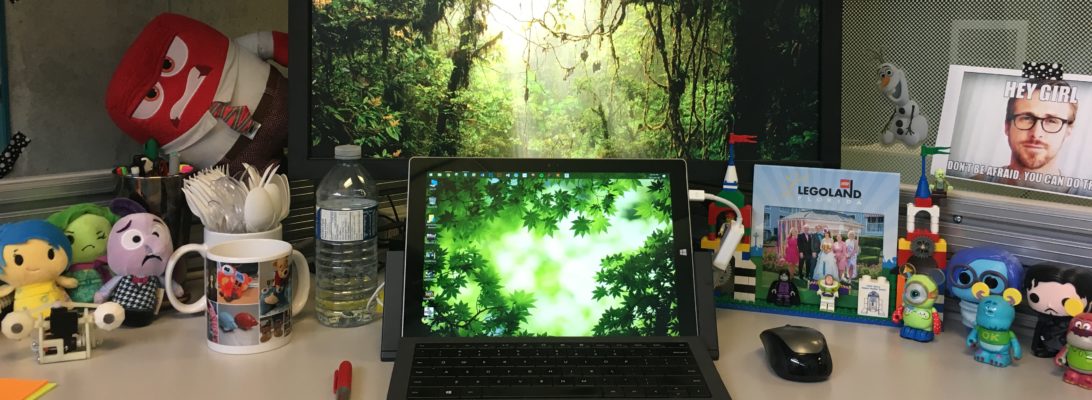As many software engineers will attest, one of the most important and time-consuming activities within the software development cycle is the continual maintenance of a software system or program. Contrary to popular belief, roughly 50% of the costs encountered during a typical software development cycle are incurred during the modification and maintenance phases of a system, not during the design or implementation activities. Estimates have shown that 50% of the software maintenance phase is spent trying to comprehend a software system. Because program comprehension contributes so much time, effort and money to the total cost of system development, a logical question to ask is: what are the problems with the methods, tools, and techniques that are being used, and how can they be improved upon?
Although each has their own problems, static and dynamic analyses are very beneficial for discovering the behavior and architecture of a system. One of the most surprising concerns that arises after reading static and dynamic analysis literature is that both of these techniques have not been combined together very often. A hybrid of these approaches would involve aggregating the static and dynamic artifacts together, and creating a new visualization that represents the system’s architecture and behavior. Of the limited research which has tried to create a ‘hybrid’ analysis, the most common visualizations that are created are UML collaboration diagrams (a hybrid UML class and sequence diagram):
Within the context of my final project, I wanted to explore the possibilities of using this hybrid approach to assist maintenance personnel in program comprehension when they are performing an evolutionary maintenance tasks. Motivated by the success of a previously created software program at the University of Alberta (JDEvAn Viewer), I wanted to extend this work to include a dynamic analysis element. To this end, I experimented with the creation of a hybrid analysis system, AViz (Aspect Visualization). I utilized the typical reverse engineering paradigm to extract execution traces from my program (using the AspectJ language and writing to files), analyzed the traces (in Java) and then output the results using a UML collaboration diagram (using the Java SWT and Draw2D libraries).
Thanks to Zhenchang Xing (for the JDEvAn Viewer code) and Mike Smit (for his AspectJ sample code to get me started) at the UofA.


